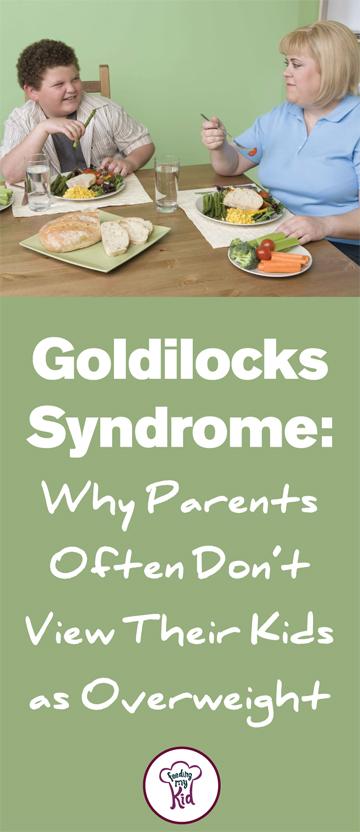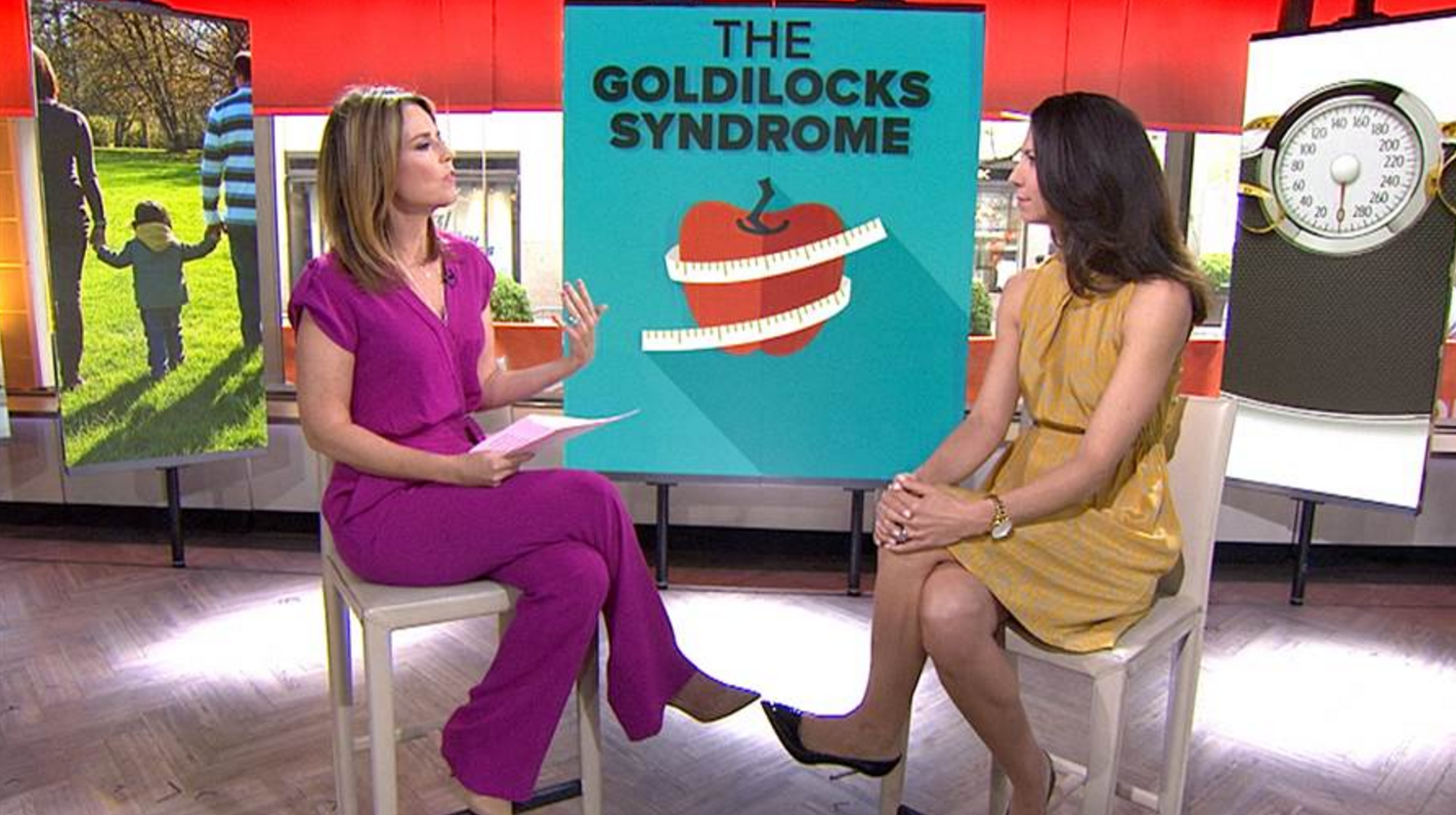 You love your child. You could never view them in a lesser light. But what if your doctor told you that your kid was overweight? Would you feel offended or ashamed? Possibly confused?
You love your child. You could never view them in a lesser light. But what if your doctor told you that your kid was overweight? Would you feel offended or ashamed? Possibly confused?
You drop your child off at school and you see no difference in their size or shape compared to their peers. So why is the doctor saying your child is overweight?
Maybe it’s time to start viewing the issue for what it really is: not their appearance but their health!
What the doctor may be referring to is known as the “Goldilocks Syndrome,” for which you can perceive your child as being healthy on the outside even when they might not be healthy on the inside.
As waistlines for kids keep expanding, and as more and more kids continue down the path of gaining weight, parents are failing to recognize their child might be out of shape.
The truth is, one-third of children in this country are overweight, which is making it difficult for parents to judge their appearance based on that of their peers’. In fact, according to the Washington Post, a recent study shows that about 95% of parents cannot tell if their kid is overweight. That means you are definitely not alone.
As parents we are sometimes blind to our children’s impurities. Every wrinkle, dimple and bulging belly is cherished and loved. And there’s no denying that. But what we should be more in tune with is the reality of the health of our children, our future generations.
Check out our other articles in our Childhood Nutrition Series:
- Why You Shouldn’t Put Your Child on a Diet. Do These 9 Things Instead.
- Why Food’s Marketed to Kids Causes Weight Gain
- How Juice Went From A Health Food to Junk Food
“Why is This Happening?”
“People are judging their child based on friends and neighbors, who are likely to also be overweight and obese,” explained Dr. Duncan, a specialist in the field to the Today show.
Click on the image to view more information about the “Goldilocks syndrome” and hear Dr. Duncan go more in-depth in this great interview conducted by the Today Show’s Savannah Guthrie.
Social Comparison
As you heard from Dr. Duncan, the reason parents are having trouble with recognizing their kid’s potential health risks is because of social comparison. Social Comparison is when you compare your children with other kids of the same age. You might be comparing your child to the people around him and not seeing a significant difference as opposed to looking at weight charts or consulting a doctor (1).
Since a large majority of your child’s friends, playmates and classmates—about one-third to be exact—are potentially unfit, it’s harder for you to identify an unhealthy weight. This can be troublesome because there are many unfortunate health risks associated with being overweight, none of which can be treated or prevented if you don’t first realize that your child is overweight.
The Problem With Goldilocks Syndrome

Being an overweight child means you’re more likely to have childhood diabetes, suffer from cardiovascular disease and have high cholesterol.
Recent studies have showed that kids who are overweight are more likely to be overweight later as adults. According to the book Red Light, Green Light, Eat Right by Joanna Dolgoff, overweight children who are between the ages of 12-18 are 75% more likely to be overweight adults; and half of overweight children between the ages of 6-11 are likely to still be overweight.
Solving any potential health issues is always best done as soon as possible, rather than much later.
How to Resolve It
Just like with any issue, the best way to resolve the Goldilocks Syndrome is to know that the Goldilocks problem exists. To be aware is the first step to seeing and fixing the problem. To prevent this issue and any other issues involving your child’s weight, it is best to start focusing on creating a healthy lifestyle for your family. It’s truly never too late to start. If you create healthy habits in your home, you’ll be setting up a longer, healthier, and ultimately happier future for your child. Try a few of the following:
- Create a time and space for dinner time
- Cook with your kids
- Shop for whole foods such as fruits and vegetables
- Create healthy, portion sized snacks and a set time for when your child should eat them
- Stay away from high sugary sweets and juices (juices have nearly the same amount of sugar as soda!)
According to Joanna Dolgaff, studies show that having regular mealtimes positively reinforce good behaviors among kids and helps pave the way for a brighter, healthier future.
There are benefits to creating a healthy lifestyle for your child, your family and for yourself. Despite whether your child is in shape or not, eating healthier will keep him fit for life. Healthy habits begin at the dinner table, so why not start creating good ones today?
Share your experience in the comments below and what worked for your family. We can all learn so much from each other!

Additional Information and Resources
-
The Telegraph: Goldilocks Syndrome Means Parents Are In Denial About Their Overweight Children
-
Today Show: Goldilocks Syndrome Parents Often Denial About Overweight
-
Dolgoff, Joanna. ‘Red Light, Green Light, Eat Right’ Pg 25.


